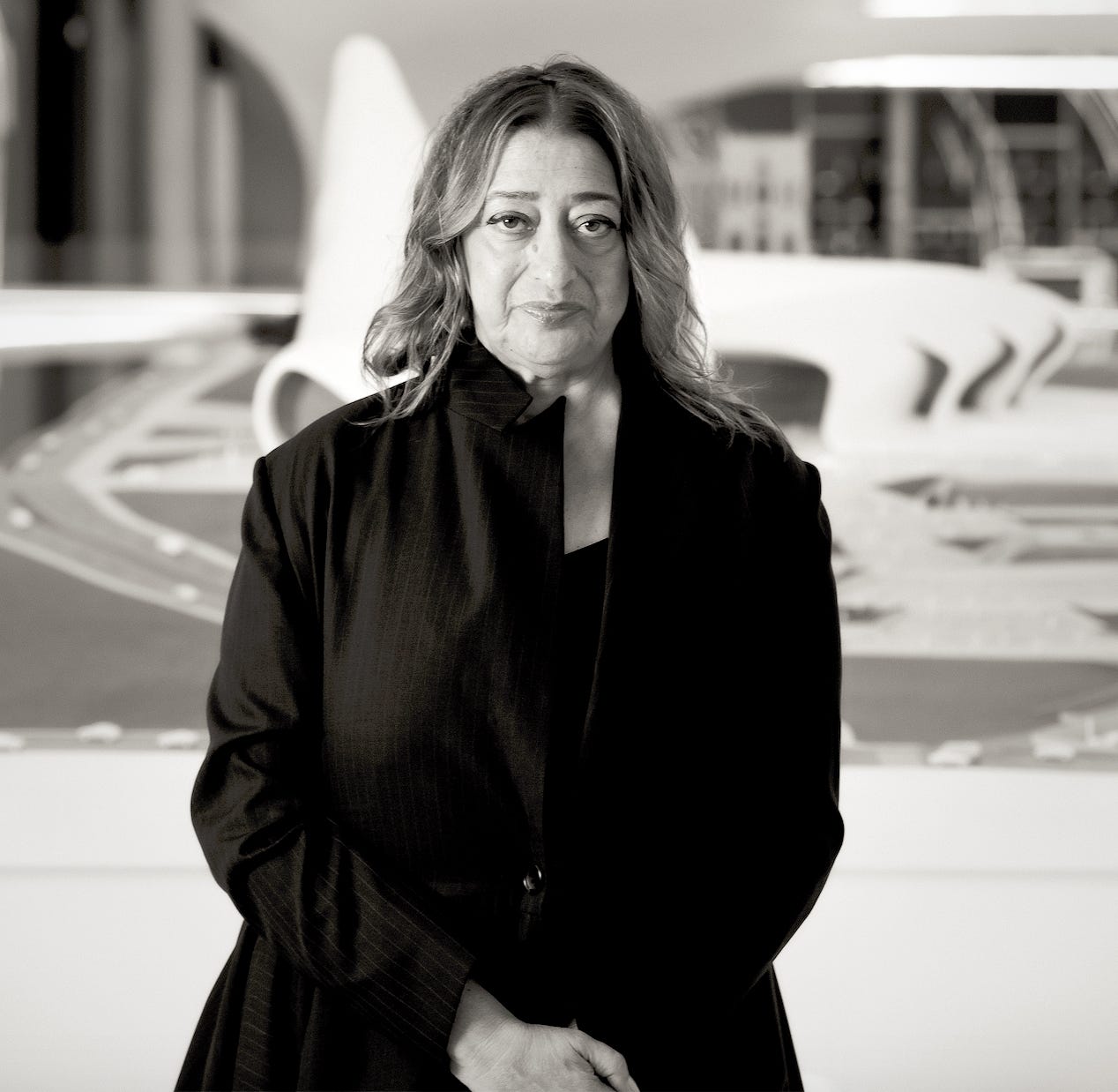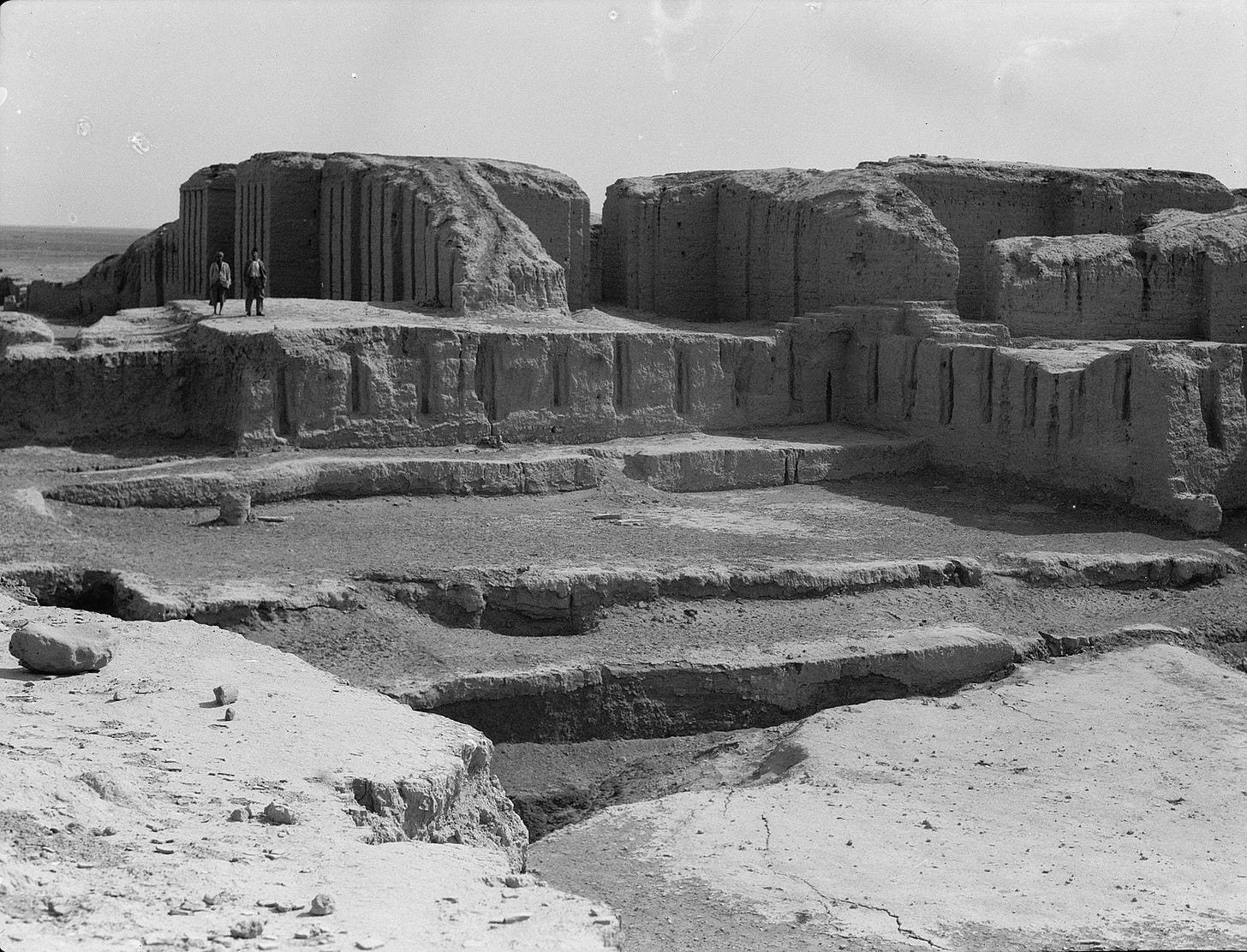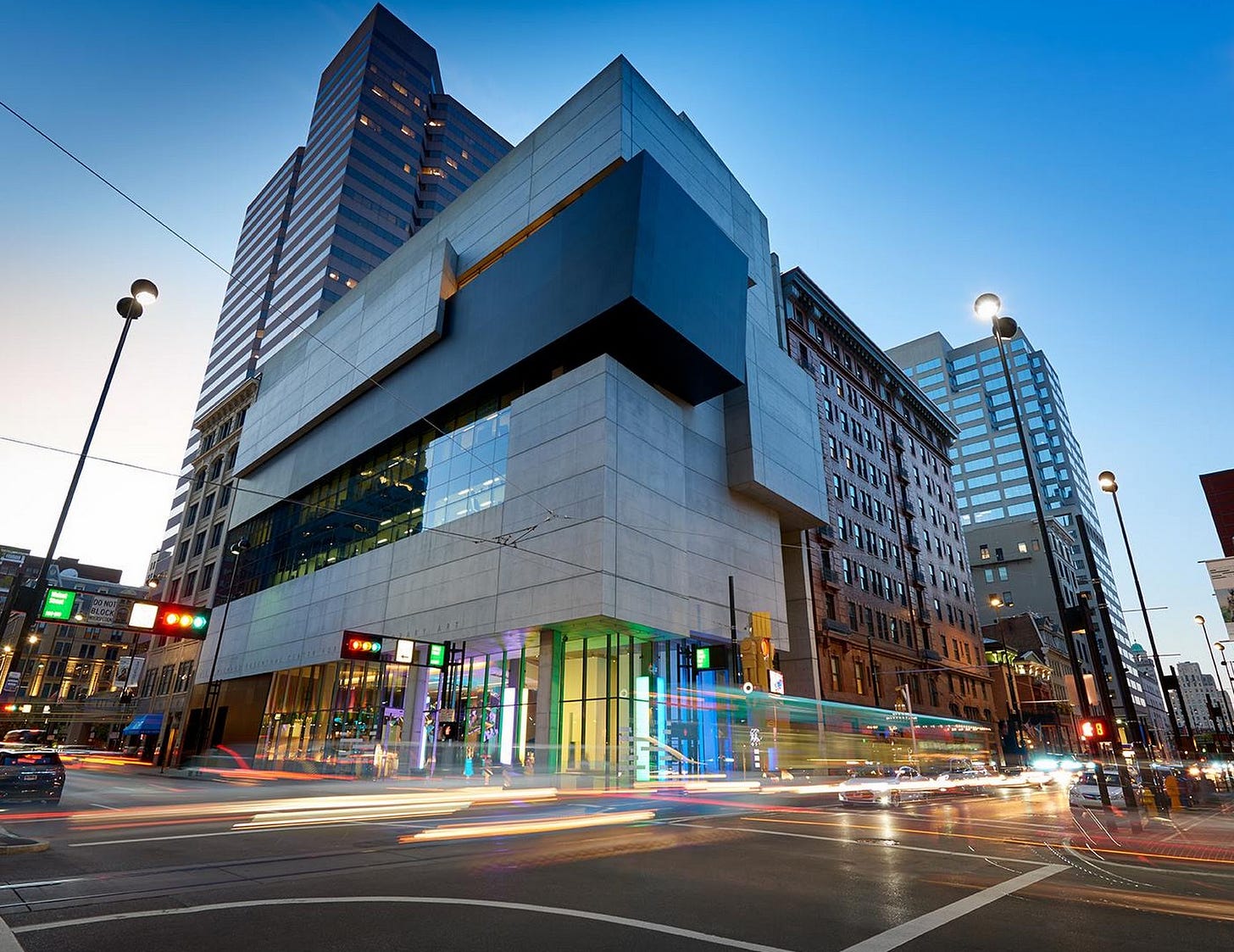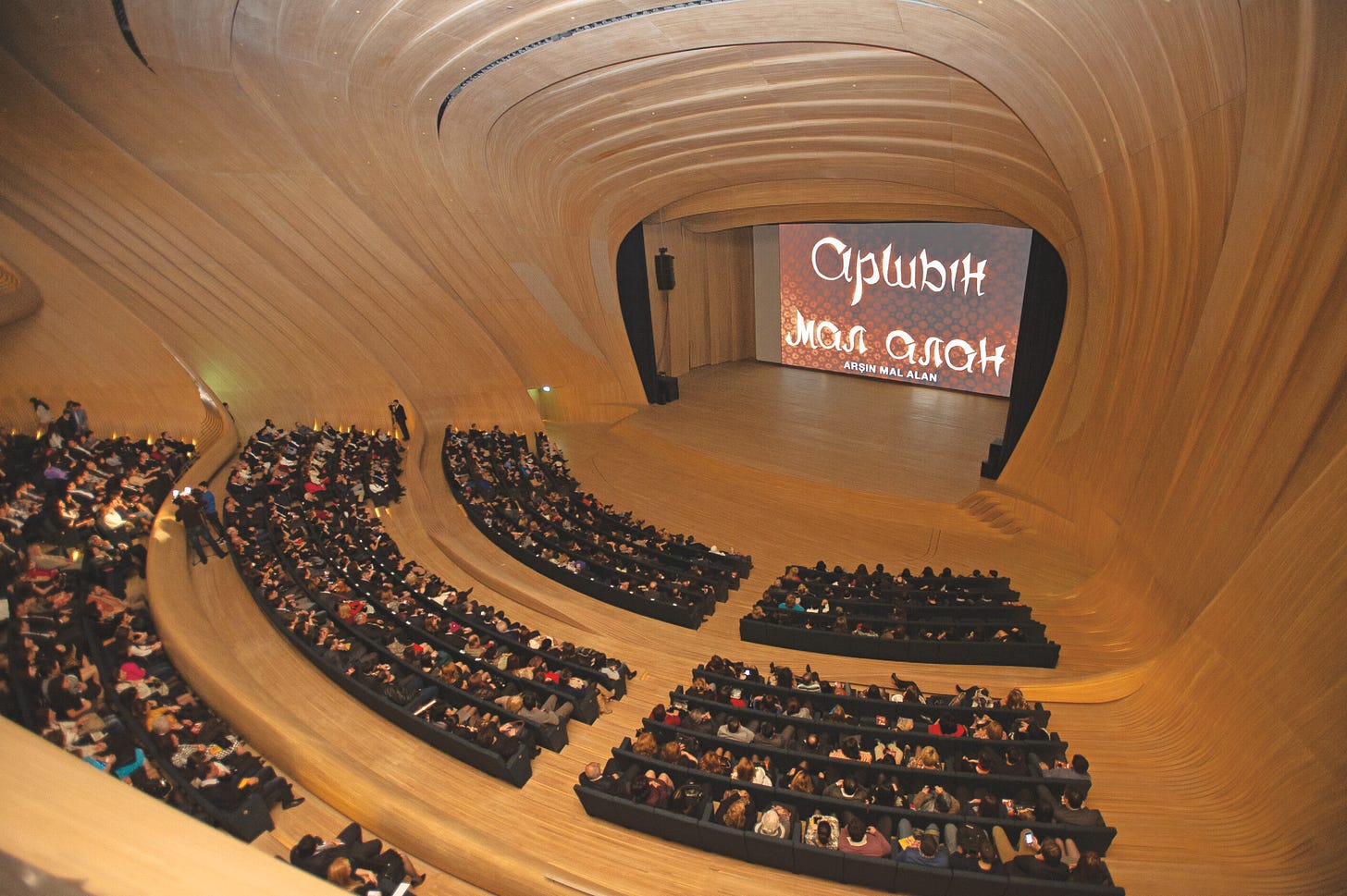The work of the late Dame Zaha Hadid is not as widely known in the United States as it is in the rest of the world. She had practiced for almost twenty years before her first project was completed in The States. Thus, her relatively obscure profile amongst the casual American architecture fans is understandable. That said, anyone who has seen even one of her projects will attest to their visual impact. Whether that impact is positive or negative is another question entirely. Today, we have Architecture for the Soul - Zaha Hadid.
Dame Zaha was born in Baghdad, Iraq, in 1950 into what has been described as an upper-class family. These circumstances allowed her to be educated at boarding schools in England and Switzerland and, as the story goes, develop an appreciation for architecture during childhood trips to ancient Sumerian sites.
Hadid studied at the Architectural Association School of Architecture in London, where she completed her work in 1977. One of her teachers was Rem Koolhaas. He would years later, during an interview with Anna Winston of Dezeen, say:
Yes I think she made an enormous contribution as a woman, but her greatest contribution is as an architect.
In 1980, Zaha Hadid opened her firm in London. It was apparent very early on that the architectural world would experience the debut of a fresh, unvarnished approach. My first peek at her work was in an architectural magazine that has since departed. My first thought was that the buildings seen in the old 1960s cartoon The Jetsons had finally arrived!

I recognize that any reference to The Jetsons might immediately brand me as a “Boomer.” True as that is, even casual looks at Dame Zaha’s work offer a distinctly futuristic feel to the layperson. That said, let's look at a few buildings from Zaha Hadid.
The Napoli Afragola railway station in metropolitan Naples is a testament to futuristic architectural concepts and cutting-edge construction technologies. As you can see above, the curvilinear structural elements might confirm my Jetsons hypothesis but also require advanced modeling techniques and computer-assisted production. Lesley Brown wrote in railengineer.co.uk:
Given their complex geometry, the curved structural elements in concrete were built using technologies Zaha Hadid had originally developed for the construction of the MAXXI Museum in Rome (opened in 2010). This task involved realising prefabricated steel units and double-curves with formwork (temporary moulds) created from computer numerical control (CNC) milled polystyrene models.
The station began commercial operations in 2017 and is considered a formidable addition to the Zaha Hadid portfolio.

Architectural Digest said in 2023:
Zaha Hadid became famous for her intensely futuristic style characterized by curving façades, sharp angles, and severe materials such as concrete and steel.The structures she designed have successfully accomplished what mystifies so many when they observe great architecture: She took the strongest materials in the world and manipulated them to form objects that appear soft and sturdy at the same time.

The Galaxy SOHO complex in Bejing, which opened in 2012, is a mixed-use development that includes retail spaces, entertainment opportunities, office spaces, bars, restaurants, cafes, etc. The curtain wall-style exterior envelope consists of aluminum, glass, and stone. Given the curvilinear form, I am minimizing the complexity of the exterior skin construction. The above description of the Zaha style by Architectural Digest is fully displayed at the Galaxy SOHO.
The Rosenthal Contemporary Arts Center in Cincinnati was completed in 2003 and is one of two Zaha projects I have seen in person. In all candor, it appeared to me to be “just another modern building” alongside existing structures, making it feel slightly out of place. However, an architecture critic for the New York Times, Herbert Muschamp, said:
It is an amazing building, a work of international stature that confidently meets the high expectations aroused by this prodigiously gifted architect for nearly two decades. Might as well blurt it out: the Rosenthal Center is the most important American building to be completed since the end of the cold war.
So perhaps I should keep my opinions to myself.
The Heydar Aliyev Cultural Center in Baku, Azerbaijan, was completed in 2012 and illustrates why Dame Zaha is called the “Queen of the Curve.”
As background, Baku is the capital and largest city in Azerbaijan. The map below shows how it is strategically placed in Eurasia. As you may imagine, the history here is long and necessarily convoluted. For our purposes, it is important to note that the political influence the Soviet Union exerted for many years included the Brutalist architectural style so prevalent in the Soviet bloc.
The typical person viewing the Cultural Center sees a free-form, flowing structure that contrasts sharply with a “right-angled” architectural approach. According to Zaha Hadid herself:
We wanted to take the plaza and shape it into an architectural environment, to create a continuous flow between inside and outside, to create a certain infinity, You don’t know where it all starts and ends.
There is so much more to this seminal work that I suggest that interested parties take a look at the short video below:
The Port Authority Building in Antwerp, Belgium (below) is interesting in at least two ways. I believe it is the only government building designed by Zaha Hadid. It also sits on top of an older structure, a renovated firehouse. To that point, the President of the Antwerp Port Authority, Marc Van Peel, stated:
There was only one rule laid down in the architectural competition, namely that the original building had to be preserved.

The building's diamond-shaped glass envelope rests atop a much older structure, making an immediate impression. The juxtaposition between building materials and architectural styles is shocking, but I am sure it is very much intended.

Christophe Van Gerrewey in Architecture Review summed up the feelings of many by saying:
With Antwerp Port House, Zaha Hadid Architects have staged the battle between old and new so straightforwardly that it becomes brutal. The old is identified with the symmetric order of a disused fire station from the early 20th century, while the new is recognizable in the multifaceted shape of the extension.
In 2004, Dame Zaha Hadid became the first woman to receive the Pritzker Prize, often called the Nobel Prize for architects. The list of honorees includes I.M. Pei, Frank Gehry, Rem Koolhaas, Norman Foster, and Renzo Piano.
Sadly, Zaha Hadid passed away unexpectedly in Miami in 2016. She left behind a legacy of acclaimed innovation that changed how the world saw architecture.
John Valentine 305-986-1046.
Thanks for reading Valentine’s View! Subscribe for free to receive new posts!











I’ve loved her work for 30 years but haven’t had this comprehensive in depth chance to view her pieces. Many Thanks!.